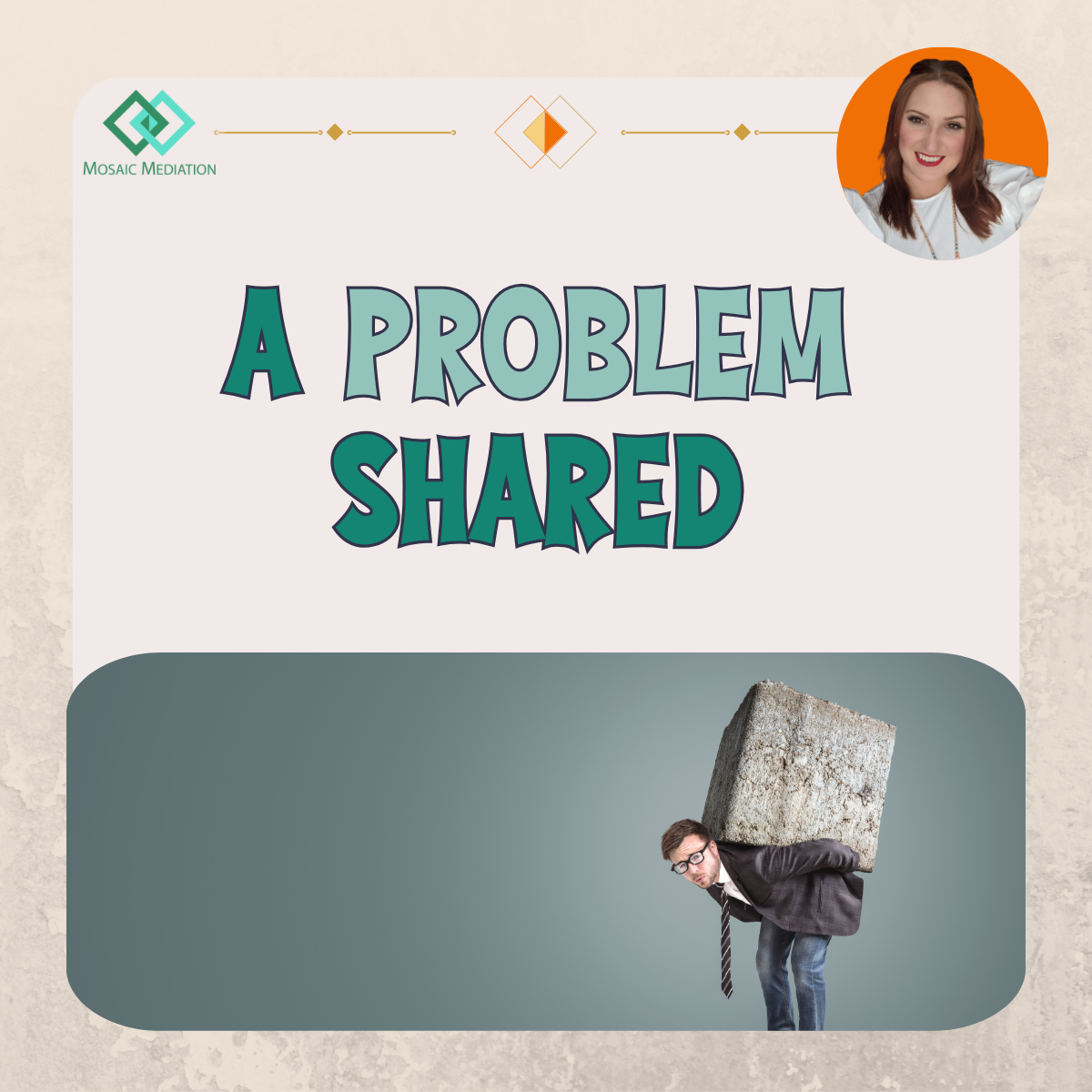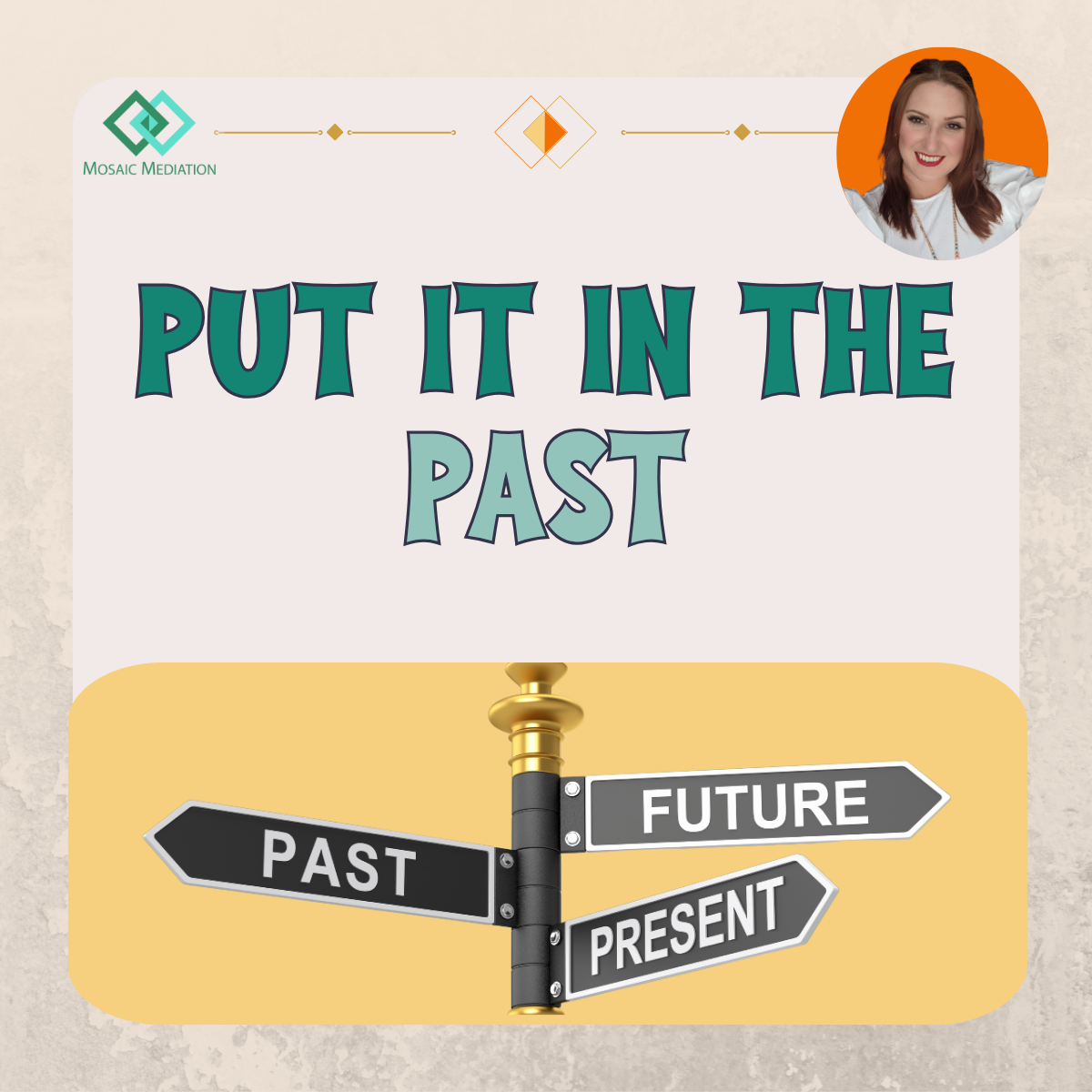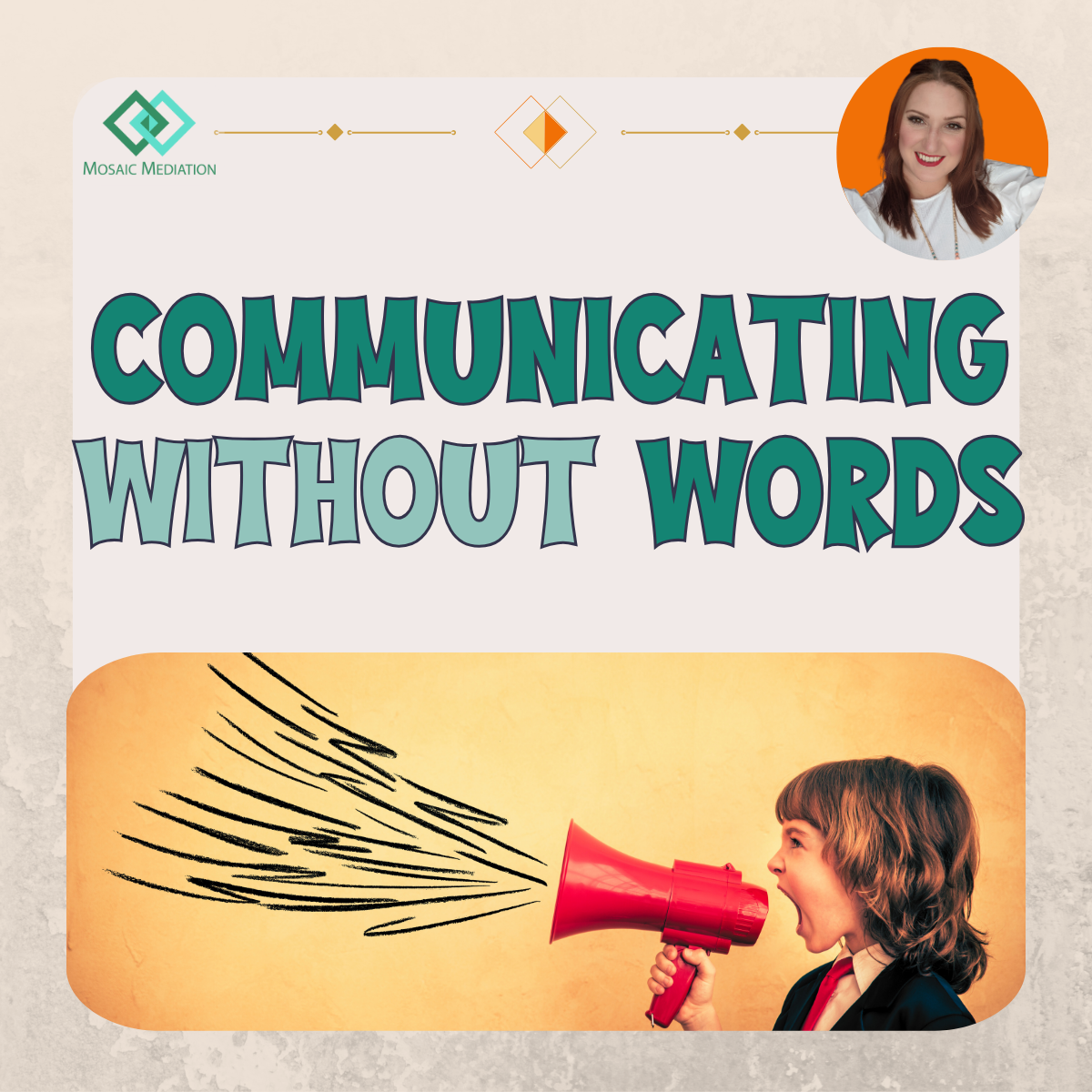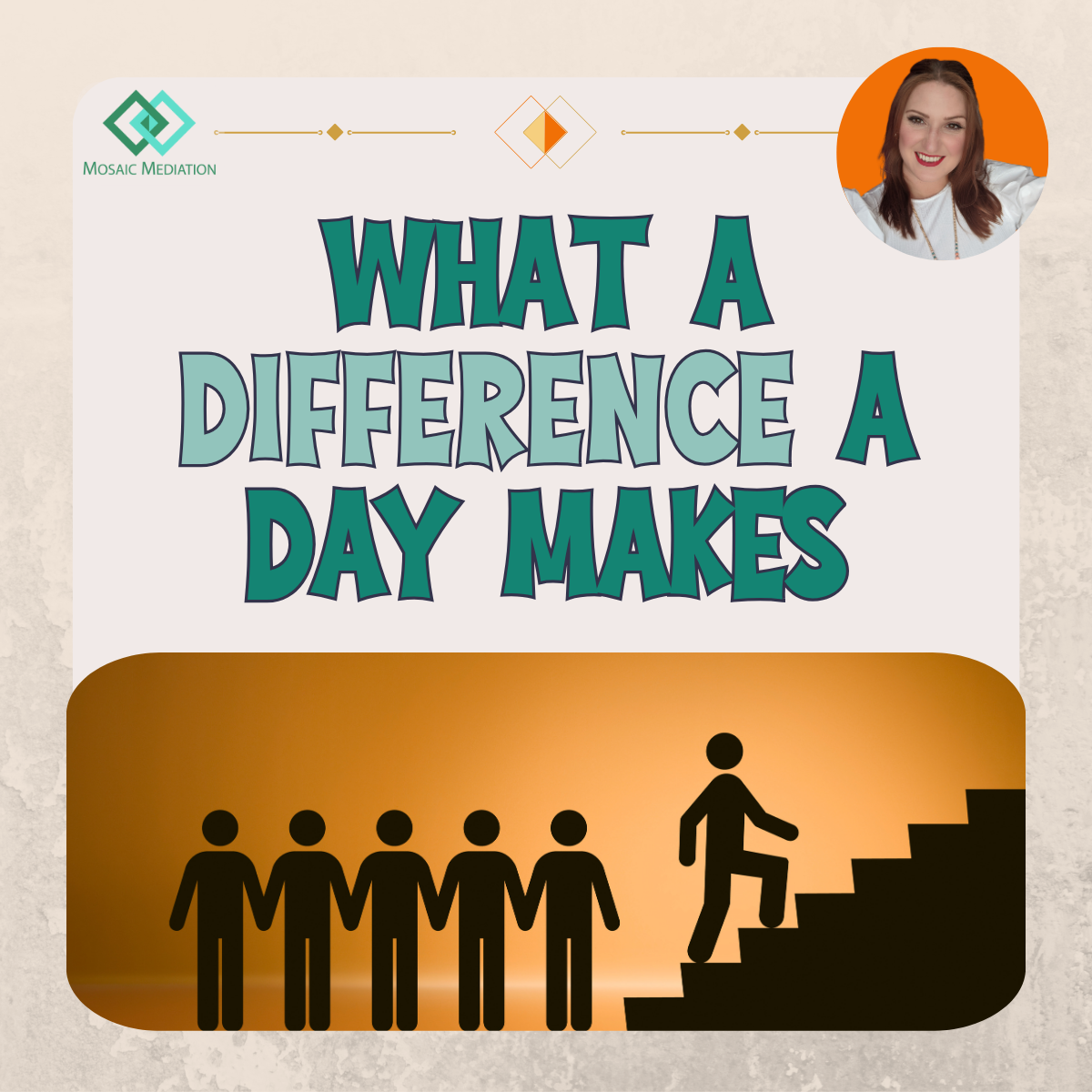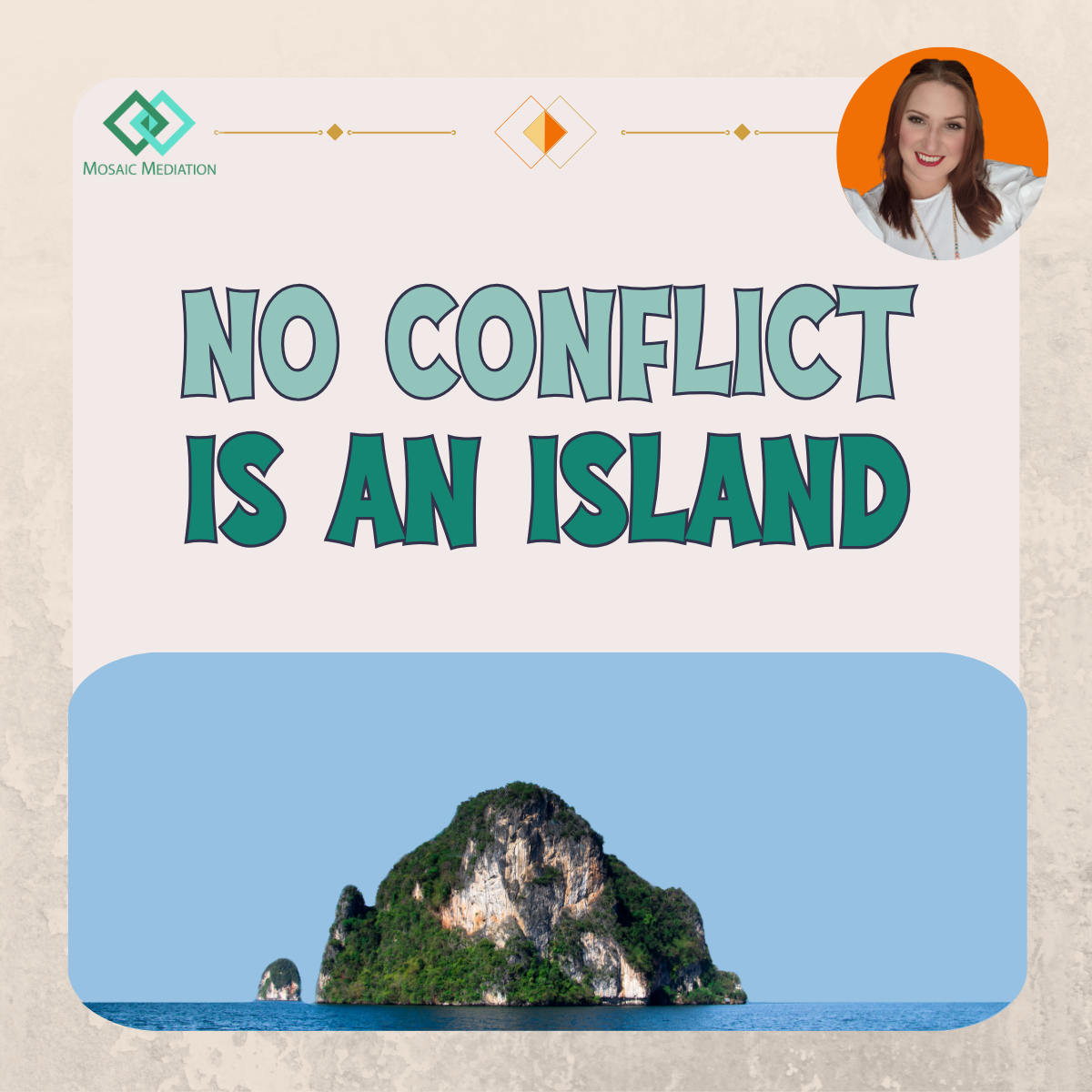Don't Stop Talking! Feedback - How And Why It Should Be Done.
“Time for your review meeting!” *Insert GROAN here*
Feedback questionnaires, ‘one-to-one’ meetings, review meetings, etc. Wherever I have worked the feedback process has been universally considered either a waste of time or something to be feared – by staff and management!
To my mind having a workplace culture that does reviews but uses them solely to discipline or where it has become a ‘tick-box’ exercise wholly undermines the true purpose of feedback. Wouldn’t it be more beneficial to the whole organisation if feedback became recognisable as a positive interaction which brings about required changes and growth to all levels of the organisation, and is used to celebrate positive action?
I believe feedback has become seen as a negative experience for 2 main reasons:
- The perception that it is pointles s – Often this is unfortunately based on real experience where nothing comes of the feedback given or where the feedback itself is too general to actually apply/measure.
- Anxiety about giving/receiving feedback – Many people in management find the whole process stressful and particularly don’t like giving bad news. Most staff members will worry about any mistakes they have made and how it may be addressed.
So let’s deal with reason 1:
I have far too often heard managers say to staff members, “Let’s get your review out of the way” or “Sorry we have to do this, it’s company policy”. Which unfortunately substantiates the perception that the process is just about ticking boxes!
Feedback is EXTREMELY important . Feedback creates accountability; it can nip small issues in the bud before they become big issues; and it also encourages working together – all of which reduces the probability of unnecessary conflict arising. When feedback from staff is taken on board and applied, it promotes trust between management and staff as it shows that people’s views are being heard. NOTE: I am obviously not advocating that ALL feedback from staff should be actioned, but that it should at least be noted and considered.
If feedback is discouraged by either not having any form of review process or regular accountability check-ups with colleagues, then when issues do need to be addressed it can produce a more emotional response than when it is used regularly and effectively, and therefore recognised by everyone in the organisation that feedback is an essential part of the organisation’s development. Essentially, it all feels less ‘personal’.
Reason 2 – Anxiety about the feedback itself.
Management and employees often become anxious about giving negative feedback, particularly when they are unsure of what response they will get. The recipient of feedback may be anxious about getting negative feedback because of insecurities, knowledge of mistakes or because of a previous painful experience of receiving overly harsh criticism. Accountability between colleagues is a great idea as it should encourage team work and self-development, however it is very tricky to find the balance between being considered helpful on the one hand and being patronising on the other.
How do you give feedback then? I need to credit Scott Halford, who has written a great article on how to tackle giving feedback, which can be found here www.entrepreneur.com/article/219437. I have taken his 5 steps for giving productive feedback and added my thoughts:
- Create safety - Be aware of the type of relationship you have with the other person who is receiving the feedback. Will constructive criticisms be taken in the way they were intended?
- Be positive – If all the recipient hears is blanket criticism then they will become defensive and discouraged, not productive! Encourage improvement.
- Be specific - Focus on specific ways to improve or on things that were done well, rather than giving generalised comments which allow expectations to become ambiguous. (See my previous post on the importance of managing expectations)
- Be immediate – Feedback works best when it is not left for long periods but is regular and consistent. Doing this means you are more likely to manage small issues before they become big problems. It doesn’t even need a formal meeting. If you get to a place where feedback is just part of daily working life, and there is sufficient safety in the relationship, it actually should be more time-efficient.
- Be tough, not mean - Straight-talking is great, however PLEASE NOTE: straight-talking does not rule out being kind and respectful!
Many organisations have introduced the concept of ‘Transactional Analysis’ – which describes interactions in the state of the parent, child or adult. (It is well worth reading up on this concept in greater detail.) Here it is very simply:
- If you interact with others as the ‘parent’, you are likely to come across as judgmental and critical. This will likely make the other person become defensive decreasing their ability to listen effectively.
- If on the other hand you are interacting in the state of the ‘child’, you are likely to come across as flighty or sulkily. This will make it hard for the other person to treat you like a mature adult and with respect.
- If your aim is to work well with people, the state which is the most thoughtful and measured is the ‘adult ego’. Aim to have interactions where you are both acting like the ‘adult’!
And finally, be aware of the reasoning for giving the feedback . If you are giving it, you need to be self-aware regarding your motives: are you trying to feel superior, demoralise or are you trying to appease a third party? Alternatively, are you acting under a sense of responsibility to guide, mentor or support someone else? If you have a bad history with the recipient of the feedback or you are aware of any previous situation that would make them defensive, you may want to ensure that they know that your motives are not to condemn but to encourage. Be the adult, not the parent.
If you are the recipient to feedback, be aware of the built-in human response to defend yourself when feeling attacked. Be aware of it and then try to objectively listen to the feedback you are being given. In most cases, it is NOT an attack. Be prepared to understand what you are being told without getting defensive or trying to excuse yourself. Remember that feedback is a way of information gathering – a way to improve your performance at work. How you respond to feedback also demonstrates your maturity as a person and your willingness to listen respectfully to other people, even if you disagree with what is being said. Be the adult, not the child.
An organisation is at its best when all parts are accountable to each other and share a common goal. Don’t undermine the importance of feedback by making it a tick-box exercise. The organisations that continue to succeed are those which adapt and change as they need to. For this to happen, both management and employees need to be able to hear constructive criticism, learn from mistakes and listen to new ideas for making their own performance - and their performance as an organisation - better.
Feedback is also a great way of recognising when someone or a team has performed well. When good actions go unnoticed, there is little motivation to improve, or even maintain, performance at work. Give credit where it is due.
To summarise this post in just a few words: be quick to recognise achievements and gracious when challenging mistakes. Don’t stop talking!
The ideas I have shared in this post should be realistic to apply in most situations. Sometimes relationships have gotten off track too far and a third-party intervention through mediation may be necessary in order to find a way forward. If you would like to contact me about any workplace and employment issues that require mediation, please email me at emma.jenkings@mosaicmediation.co.uk.
